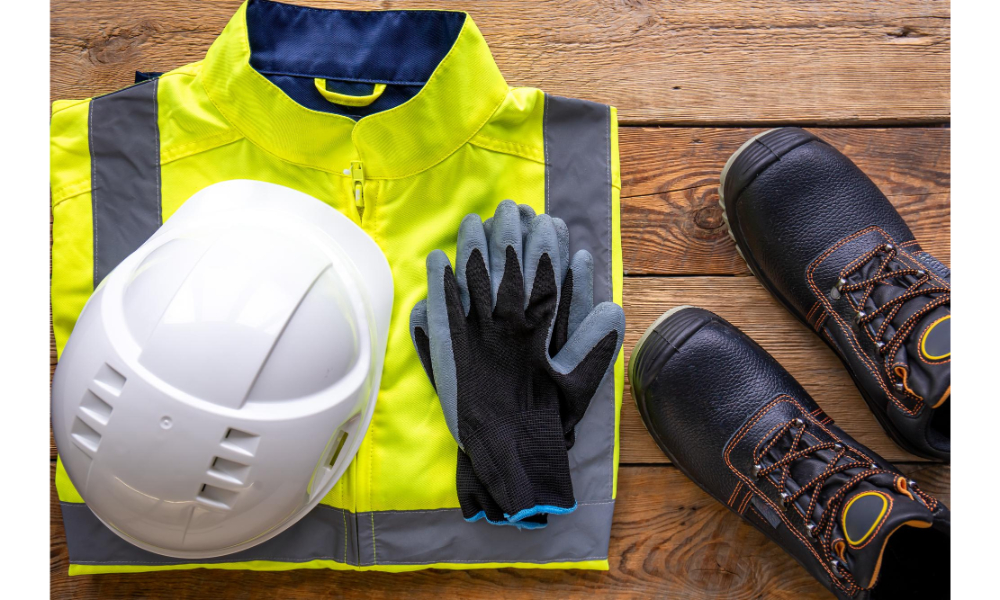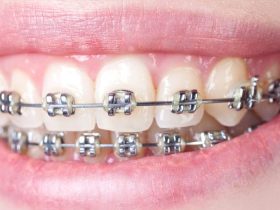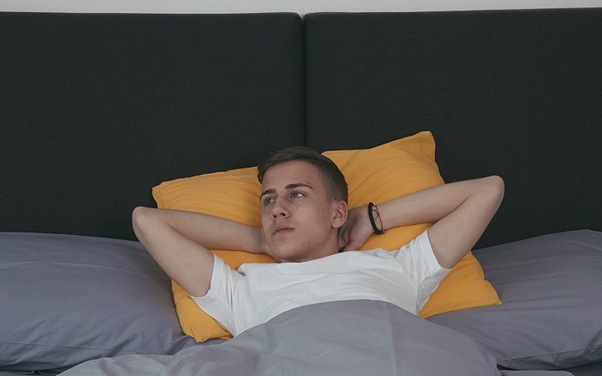Slipped disc, also known as prolapsed or herniated disc, is a condition of the intervertebral disc that protrudes out. Intervertebral disc is a structure in between the vertebrae (bones of the spine) that has gel-like consistency at the centre as it is rich in water and collagen. It is surrounded by a tough elastic band to keep the gel centre in place. The disc functions to absorb the load of the spine as a whole and equalize the compressive stress load. Slipped disc occurs when the gel-like centre is squeezed out through the elastic band, protruding beyond its margins, compressing the nearby nerve, thus causing pain and other symptoms. It is often an age-related phenomenon that affects those more than 50 years of age with symptoms ranging from mild to severe. In order to fix a slipped disc, surgery is the curative treatment especially in severe cases.
Slipped disc is a degenerative disorder of the spine. With normal ageing, the production of collagen by cells in the disc diminishes, thus losing the integrity of the disc making it prone to prolapse. When there is injury or local strain to a degenerated disc, slipped discs can happen. Despite that, there are cases where young people develop slipped discs. A study reported on the mechanism of early disc degeneration among young adults concluded that factors contributing to this are excessive mechanical loading from heavy loading, bad posture, acute disc injury, diabetes and long term tobacco smoking. Bad postures that cause excessive stress to the spine are excessive bending, repetitive flexion and extension of the spine, and additional twisting while flexing the spine.
How does slipped disc cause problems?
The disc itself as it slips out will be inflamed and swollen – causing pain. The joints that coexist to help share the load of the spine are now carrying more load leading to joint inflammation, which also contributes to pain. For this reason, patients with slipped discs usually present with lower back pain as it commonly occurs in discs of the lower back. Sometimes, slipped discs occur at the base of the neck. When a slipped disc compresses the nerve root (the nerve structure exiting the spinal cord), it results in radicular pain. This pain is often described as an electric-shock shooting pain passing through the body, due to the fact that the pain follows the course of the affected nerve. Disc protrusion against the nearby ligaments also causes them to thicken and harden, resulting in stiff ligaments. Hence, patients would complain of back stiffness or neck stiffness. Other than that, changes in the ligaments may narrow the passage of the spinal cord, leading to spinal stenosis. This causes patients to have additional symptoms of neurological deficits such as muscle weakness, reduced sensation and problems with bowel and bladder control. Learn more about slipped disc, its cause and symptoms and how you can seek treatment at https://orthospineworks.com/conditions/slipped-disc/.
What is it like to live with a slipped disc?
Patients with slipped discs have limitations in their daily living. The pain and stiffness may be troubling as it can come and go suddenly throughout the day. Certain physical activities are discouraged such as weight lifting and sports involving jumping or running as these give excessive load to the back bone. From sitting to standing, patients may need to maneuver by grabbing the leg out of the seat first before pulling the knees up so as to not worsen the pain. Sometimes, the pain can be so agonizing that patients just want to lie down to relieve it. It is worrying when the condition causes patients to be immobilized, and having weak arms or legs as a result from the compressed nerves. It is recommended to visit a doctor such as an orthopaedic or chiropractor if the pain persists.
What can I do to prevent slipped discs?
Disc degeneration from ageing is inevitable but there are ways to take care of the spine. Even with a history of slipped disc, these tips are beneficial to reduce the pain and stiffness. Generally, patients should maintain a healthy body weight to reduce the load to the spine. Besides exercising regularly to strengthen the back muscles, proper warm up prior exercise is important. Also, know your limitations when engaging with extreme sports or physical activities. Always practise good posture while sitting, standing and lying down. When sitting, use a chair with a backrest and place a small pillow or lumbar roll to support the back. When standing, maintain an erect posture with head straight and shoulders out so as to not strain the neck. If needed to stand for a long time, rest the legs on a small stool alternately. When lying down, lay on the side with the trunk slightly flexed forward and a pillow rests between the knees. When lifting a heavy object from the ground, bend the knees and squat down to the load, keep it close to the body and then straighten the legs to lift. Visit a doctor if all these activities don’t work.









